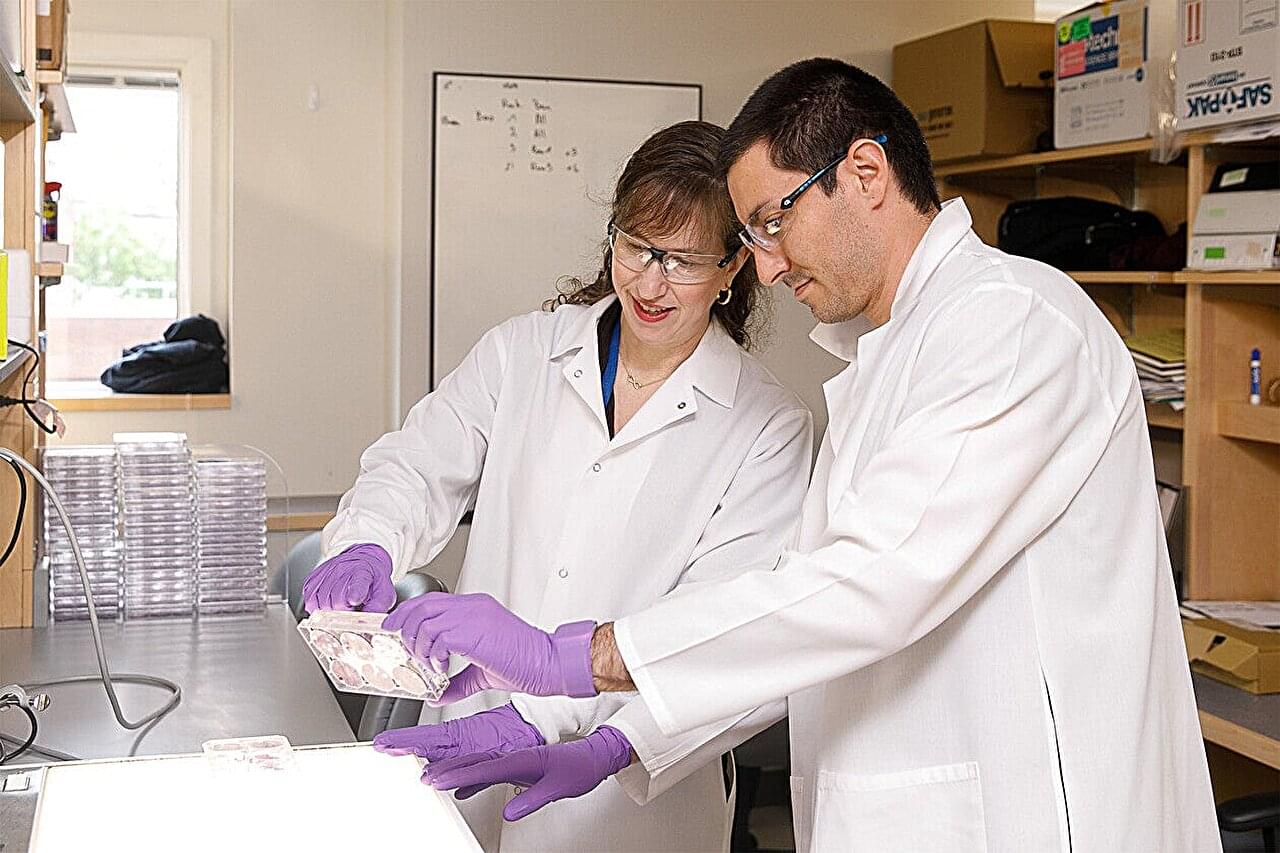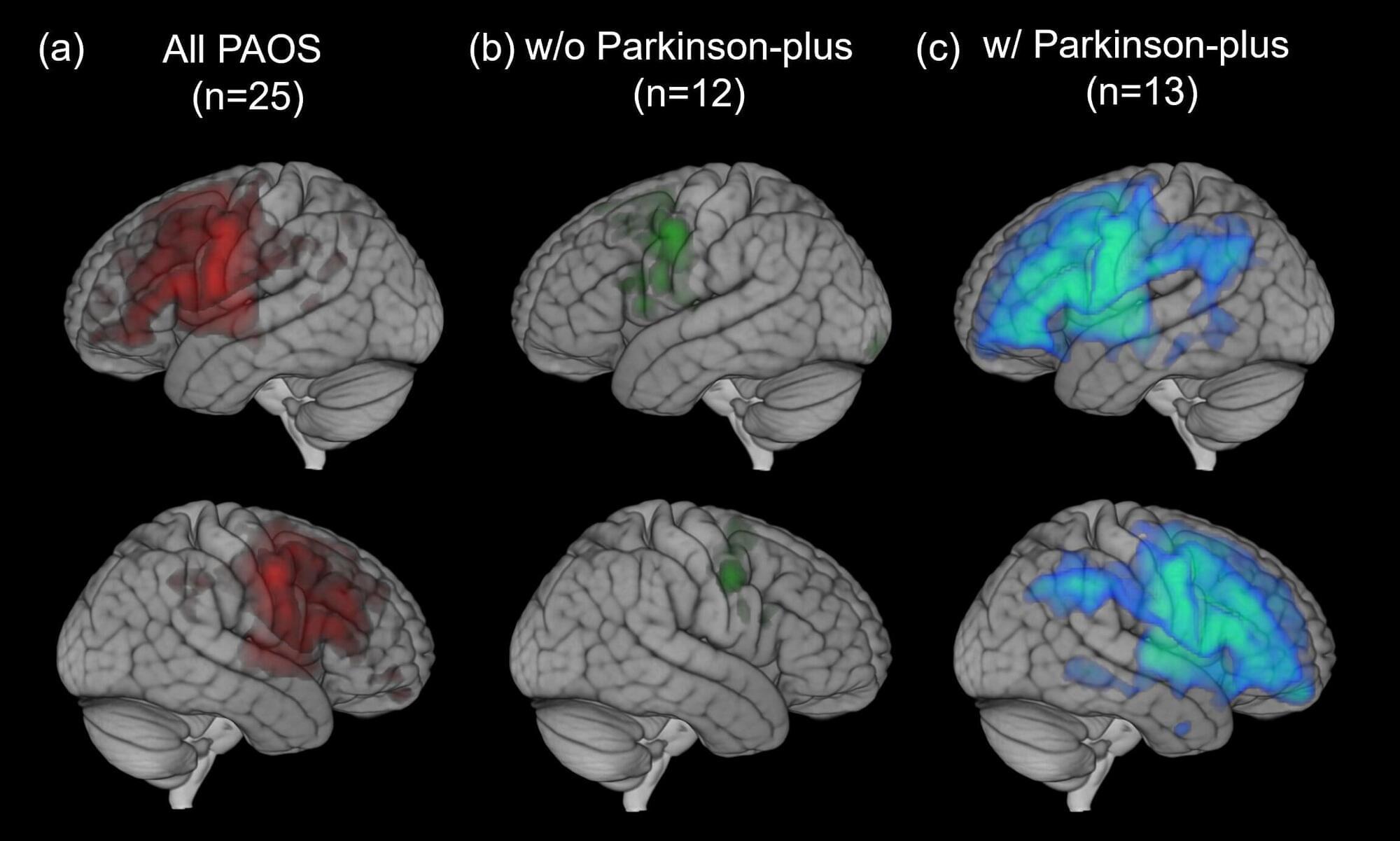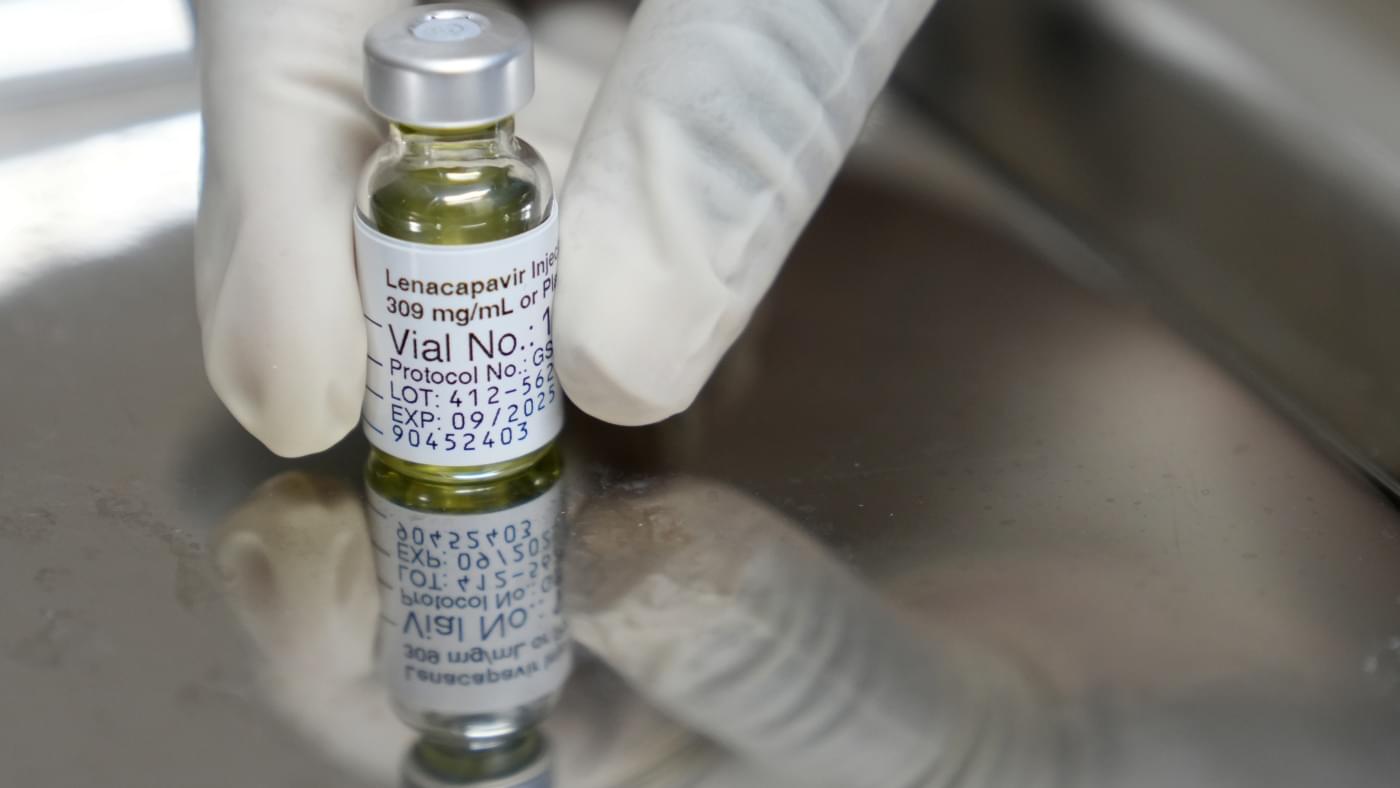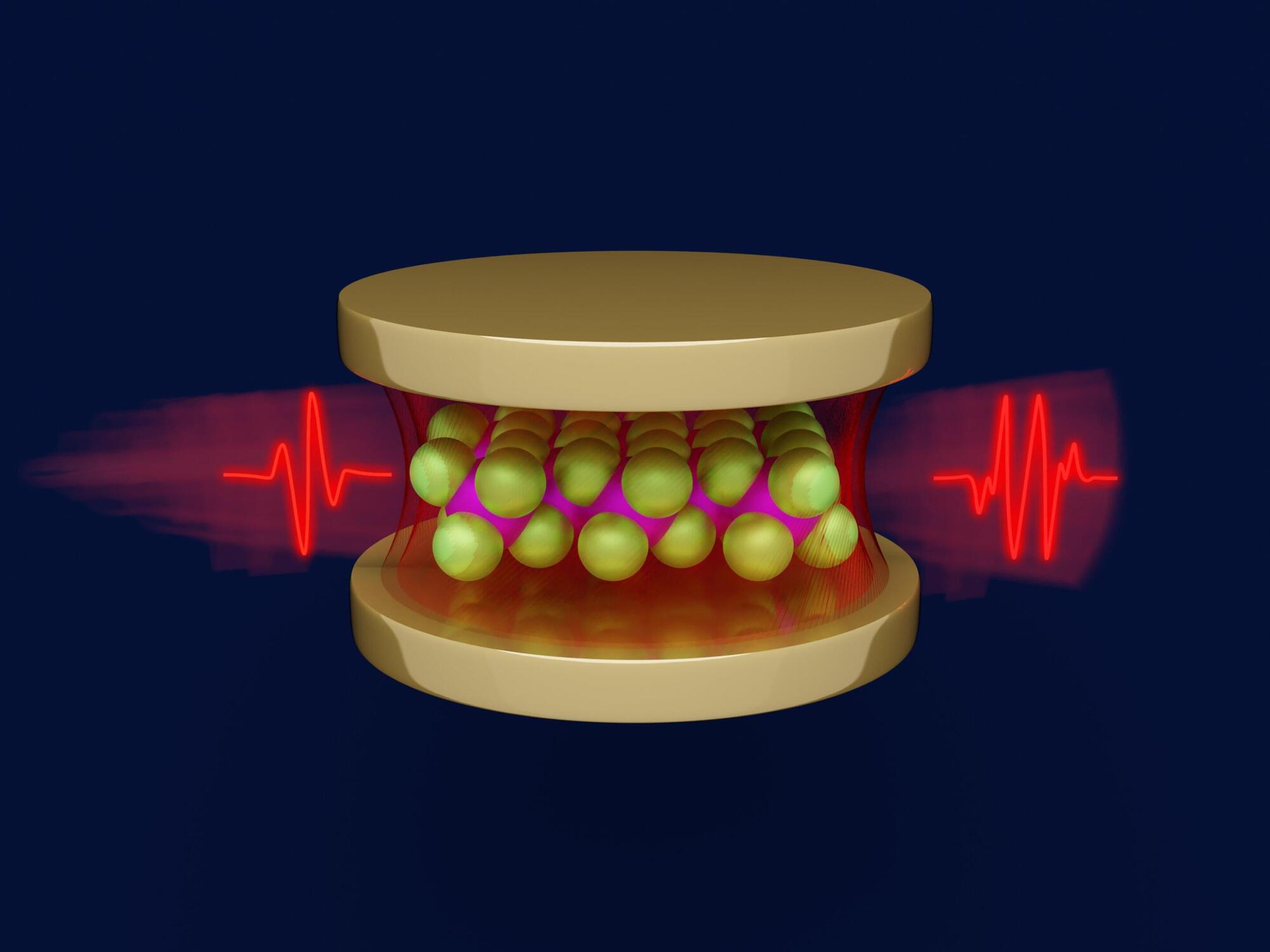The COVID-19 pandemic yielded important advances in testing for respiratory viruses, but it also exposed important unmet needs in screening to prevent the spread of infections in high-risk settings.
While PCR (polymerase chain reaction) tests are the gold standard for detecting viral infections, they remain a challenge for screening large numbers of people in places vulnerable to outbreaks—such as health care centers and nursing homes—due to high costs and the fact that different tests are required for each virus.
A new Yale study, however, finds that an alternate strategy—using a nasal swab to screen for an antiviral protein produced by the body as a defense against infection—can be an effective method for ruling out respiratory infections, limiting PCR testing only to those most likely to be infected, at a fraction of the cost.





